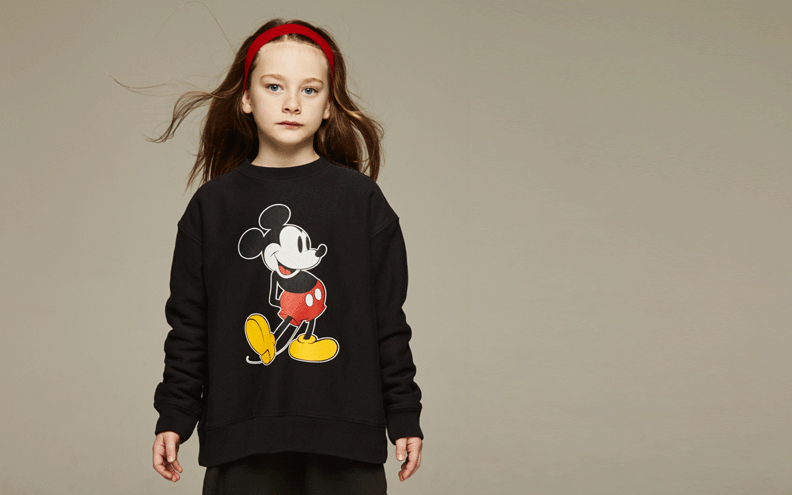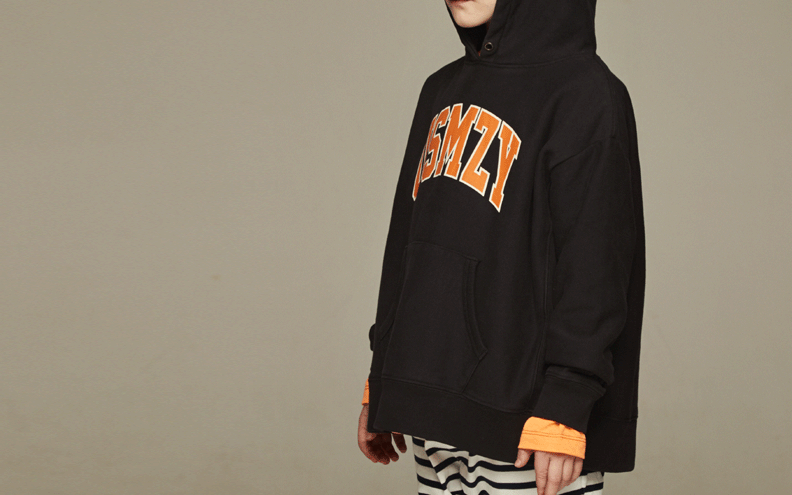The reason for being loved is right here.
A daily wear “sweatshirt” that can be worn without pretension and can be washed hard.
It’s always by our side. Yet, there’s so much we don’t know.
This time, we will delve into the history of the “sweatshirt”.
First, let’s discuss the meaning of “Sweat.”
Translated, “Sweat” means → “perspiration” or “to perspire.” It can also refer to “a terrycloth fabric made of highly absorbent cotton.”
In Japanese, a “sweatshirt” is often simply called “sweat,” but this is actually a loanword or Wasei-eigo (Japanese-made English). In English, the formal term is “Sweatshirt.” Originally, “sweat” referred not to the clothing but to the fabric itself.
So, how did the “sweatshirt” come to be?

Its inception dates back to the 1920s. In the United States, at the prestigious Russell Athletic, the founder’s son, Russell Junior, proposed to replace the woolen sports apparel with cotton fabric. This marked the origin of the sweatshirt.
While woolen athletic wear was stiff, hard to move in, and had an uncomfortable texture, cotton athletic wear boasted excellent elasticity, felt good against the skin, and, above all, had outstanding sweat-absorption capabilities. This is why it came to be known as “sweat,” signifying “perspiration.”
Now, let’s delve into the details.
Simple and functional. With its origins in sportswear, each detail has a purpose. Among these, there’s a key feature one mustn’t forget when discussing sweatshirts: the “Reverse Weave.” Let’s introduce it.

To begin with, what exactly is “Reverse Weave”? It’s an innovative production method introduced by Champion, a brand known for its casual sportswear.
A major drawback of the sweatshirts at the time was their tendency to shrink vertically. To overcome this, they began using the fabric intended for vertical use horizontally, successfully reducing the fabric’s propensity to shrink. “Reversing the direction of the fabric” is what constitutes the “Reverse Weave method.”
Another distinctive feature is the ribbing on both sides. This ribbing helps prevent lateral shrinkage and improves elasticity, resulting in a sweatshirt that offers much greater ease of movement compared to the typical ones.
Originally developed as training wear for American football, the “Reverse Weave” employs a technique called “flat seam” in the ribbed sections on the sides. As the name suggests, this “flat seam” creates a stitch with fewer irregularities, ensuring there’s no uncomfortable seam allowance against the skin when worn, making for a much more comfortable fit.
Understanding this, it’s no wonder that “Reverse Weave” is cherished among sweatshirt aficionados.
Durability, comfort – it’s perfect in every aspect. As autumn deepens, the season where sweatshirts truly shine has finally arrived! I hope you’ll keep this story in mind and enjoy your autumn sweatshirt style.







